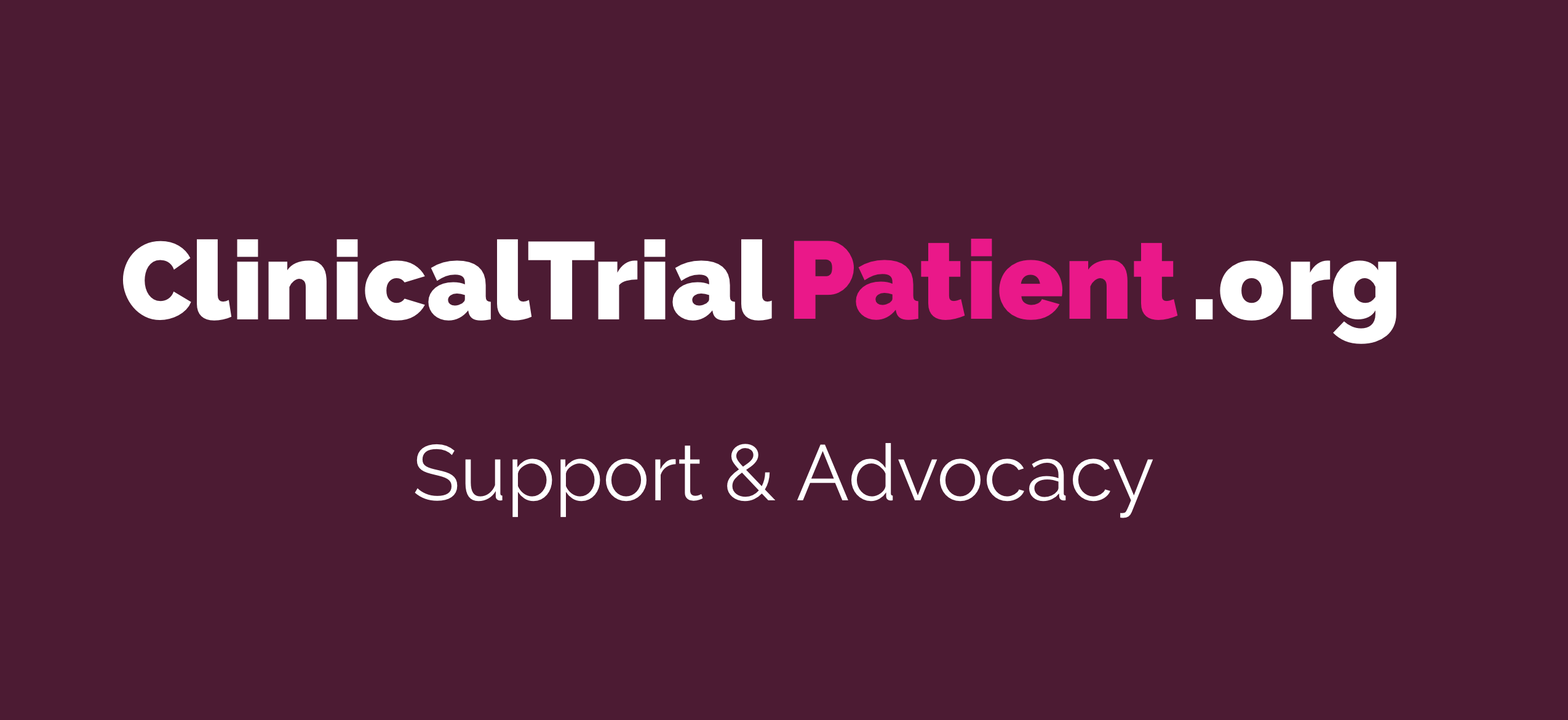
When a clinical trial touches your life
How can I help?
My experience informs industry conversations in
- patient centricity
- expanded access
- patient follow up and aftercare
- considerations for the injured
- universal clinical trial patients bill of rights
- best practices
- patients' understanding and expectations
- financial and insurance/payer considerations
- clinical trial, statistical & data design
- FDA lacking post-approval systems & oversight
- Congressional oversight of the FDA
- Pharma/FDA relationship bias
- the Hypocratic Oath
My story is what happens when a big pharma company, the FDA, and Congress put greed above patient welfare. I'm always available to discuss the unreported details of Johnson & Johnson's skewed priorities in their artificial spinal disc clinical trials that led to my life altering injuries and near death experience; unbridled and encouraged by both the FDA and Congress citing international competition. From heart pumps to artifical joints, there's an urgent need for patient centricity in clinical trial design and regulatory oversight. Patients are dying unnecessarly in the current system of medical device approval, regulation and oversight in the U.S.
As a clinical trial patient advocate, I'll often take deep dives researching and finding clinical trials for family and friends; answering their questions before, during and after a clinical trial
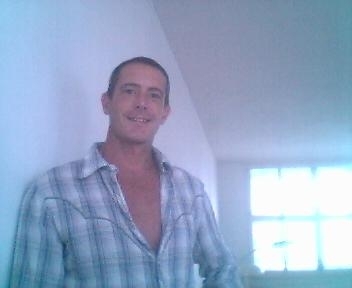
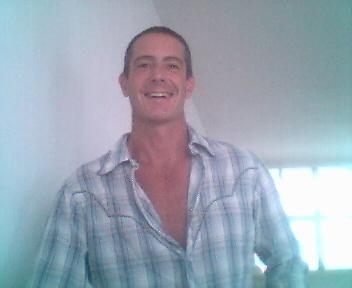
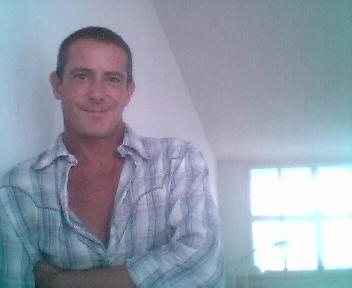
Darren Beck / Patient Advocate, Wellness Coach
My purpose is to empower others, create a healthier and happier world, inspire and be inspired
By the time we reach a certain age most of us have witnessed or survived extraordinary events. I'm inspired by the courage and grace in the stories of friends and family. There but by the Grace of God go I.
It was a miracle to survive when the unexpected and unimaginable happened during a clinical trial for an artificial spinal disc. Post-trauma with life altering injuries, I learned to walk again (twice) and had to find new ways of living and new paths to peace, joy and health in what had become an unfamiliar world.
I share here just a small portion of My Unexpected Journey to highlight the importance (or necessity) of being proactive, self-reliant and responsible for our own health & wellness. More importantly, my story is witness to a true miracle. It’s a story for inspiration, to never give up hope, know that miracles happen everyday, always have faith, choose love over fear, and keep moving forward.
And, in those crushing moments when we're completely overwhelmed and can't even breathe, when we reach past the panic, be still and listen, we hear great things. You are more beautiful and powerful than you can imagine.
Namaste,
Darren



Above All Have Faith Miracles Do Happen
The surgeons explained I was facing "imminent death." And, I “should get my affairs in order.” Which of course I did my best to do. It mostly came down to saying goodbye to friends and loved ones, just in case.
Why was I alive? The only explanation would be a duplicate vena cava, an uncommon congenital abnormality occurring in less than 2% of the population. The surgeons noted I’d had countless scans over the years with no indication of a duplicate vena cava.
Just last year, I flew to Philadelphia to a specialized vascular surgeon to correct remnant damage to my vena cava that was still threatening my life. Looking at my CT scan on a 52” monitor, he pointed out both my primary and duplicate vena cavas. His opinion was a likely congenital condition that definitely saved my life.
Being witness to this miracle; one of the many reasons I am thankful, sincerely grateful this unexpected journey happened to me, not to someone less fortunate.
My Unexpected Journey
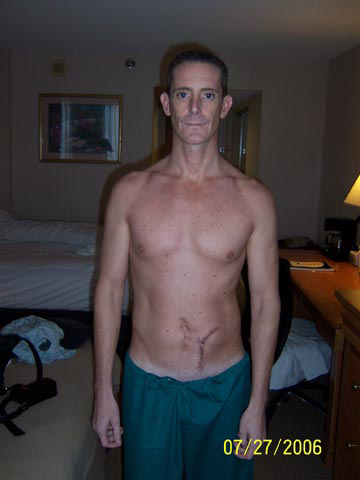
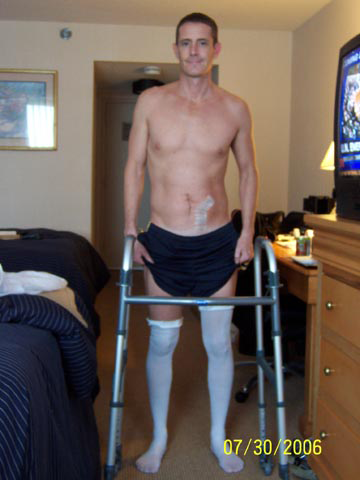
July 17, 2006 The experimental chrome spinal disc migrated out, crushing my vena cava, major blood vessels and nerves at the base of my spine. The scars down my abdomen are mirrored down my lower back
I'd recently finished two years in this clinical trial, checking in every few weeks while they monitored the device through Xray. One day some extra pains sent me into my implant surgeons office for a check-up. His face went white while we looked at the Xrays. He had tears in his eyes. He didn't know what to do. He sincerely wanted this artificial disc to work out for me. The device had slipped out the front of my spine. "Honestly, this is really not good."
The surgeon explained although he'd been trained to implant the experimental device, he didn't have the skills now that it slipped out. The surgeon said he "could count on one hand the number of surgeons in the world who could help.” He urged I call the clinical trial coordinator and decision makers at Johnson & Johnson for help immediately. On my way out he quietly slipped me a note with four names. "You really don't have much time. I think you might need these." In fact, I was facing what was later described to me as imminent death.
I could feel the panic setting in. I had to act. Fast. I placed countless calls to Johnson & Johnson over the coming hours. I kept getting forwarded to different people higher and higher up the corporate ladder. No one, at any level or within any department, could help. My calls even reached the executive and C-suites. I spoke to sympathetic assistants and left many messages for anyone who could help. When I finally got a call back it was from business affairs. I was told the two year clinical trial was over; for legal reasons they couldn't and wouldn't help. I was in shock. I had to change direction.
How would I find a surgeon who’d agree to an emergency operation on this failed experimental device? That note from my implant surgeon had four names written on it. I looked up the phone numbers and blindly emailed X-rays to France, Germany and the Netherlands. It turns out these were four of the top spine researcher surgeons in the world. I got one immediate reply within an hour.
I was at work, standing at the front desk of Crunch gym when the call came. An alarmed and brilliant Dr. Van Ooij at the University Hospital Maastricht received my images on his phone during some down time on the golf course. Van Ooij called immediately. "You're still standing?" his assistant asked. "You really shouldn't be. You're in great danger. Stop whatever you're doing. Try to limit your movements. Can you get to the airport tonight?" I should take the next flight to the Netherlands. They'd clear his schedule and the operating room for my arrival in a few hours.
Van Ooij had seen this before and knew there were only a handful of surgeons who'd attempted revision surgeries on these failed Charite devices. Time being of the essence, Van Ooij suggested there was a surgeon in the east coast of the U.S. with experience operating on a case like mine. With no time to spare, heeding his advise I took an emergency flight to the offices of Dr. Paul McAfee in Maryland.
When I first arrived in Maryland, surveying the extent of the damage the team immediately performed an emergency angiogram/venogram. Aside from sustaining nerve damage at the base of my spine, a main concern was my inferior vena cava, the single life-sustaining vein that returns all the blood from your lower body back to your heart. They knew this is where my injuries would become most life-threatening
I was cold and laying awake on a steel table. My brilliant vascular surgeon Samir Saiedy inserted a catheter in my left groin. He immediately met a blockage. I didn't realize there was a problem until he started to jab this catheter repeated into my groin with no success. Laying with my arms at my sides, my attention had already been diverted by the big, warm puddle I was laying in. It began to grow and grow deeper. I actually started splashing my hands in it. "Is this what I think it is?" I asked. Don't worry" Saiedy said. "That's normal. We'll clean you up before we're done."
"Since I can't get in from the left, I'm going to do what they call an 'up and over'" he says. "I'm going to go in from the right side, go up, over, and back down to your groin from the left to see if I can get through. You'll notice more blood." The catheter went in my right groin. Up and over. jab jab jab. No luck getting through.
Saiedy's demeanor began to change. He asks his team "I don't understand. His vena cava is completely blocked." He knew I shouldn't be conscious, and wouldn't be for long. As a longshot, he asks "did any of his records or radiology show a double vena cava?" "No sir, no records show a duplicate vena cava" the nurse answered. Saidey was obviously concerned. "Let's get him cleaned up. We'll discuss this with the team and come up with a plan."
After reviewing the results and imaging, McAfee and his team remarked they really couldn't explain why I was still alive. They’d attempt a surgery they really didn’t want to do because my chances of surviving the surgery itself were so low (the percentage chance of survival they quoted was insanely low), but it was my only chance.
They'd use the same anterior approach surgery used to insert the device, attempt to remove the device from the front, bracket my spine at the front, then flip me over for a posterior fusion securing my spine with brackets and screws from the back.
Awake when they rolled me into the OR, the theater was packed filled with surgeons, assistants, techs, nurses and student on-lookers.
Dr Saidy, my vascular surgeon, was brilliant. He explained the unique difficulties of this surgery, he joked it was likely to become a case study in his book and a highlight of his career. I received blood transfusions for hours while Saidy fought through massive bloodloss to repair my vena cava. He labored for hours, meticulously pealing away my crushed vena cava that had become fused to the metal portions of the device.
I awoke in the ICU, watching my chest rise and fall as a ventilator pumped air into my lungs. It was so alien to feel a machine force my breaths, humbling and profound that a machine was keeping me alive.
Pulling out the breathing tube and trying to take that first breath on my own is a most vivid memory. The nurse warned what was about to happen would be painful, unpleasant and difficult. "We don't know if you can breath on your own. There's really only one way to find out. Please take that first breath so I don't have to use these" the nurse implored as she placed scalpels for an emergency tracheotomy on the tray next to my head "just in case." The pain, pressure, fear and anxiety of those next few minutes was intense. "Come on Darren. Breath!"
Contact
Oops! Please correct the highlighted fields...
Thanks! We'll get back to you shortly.